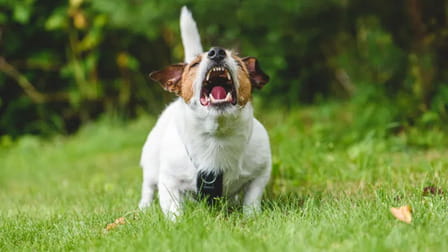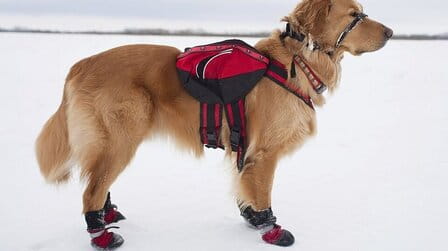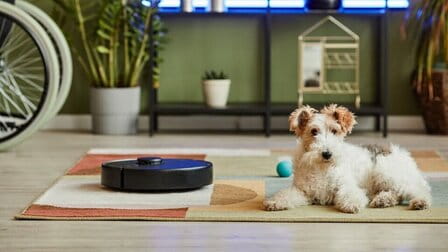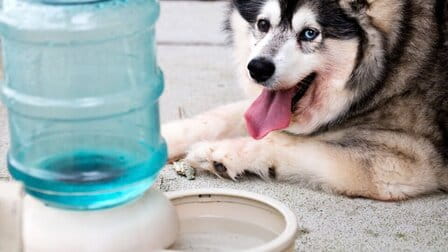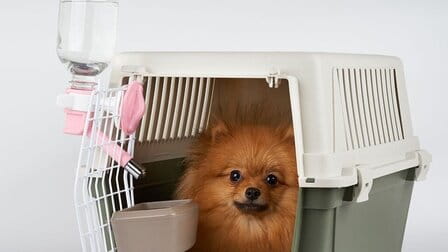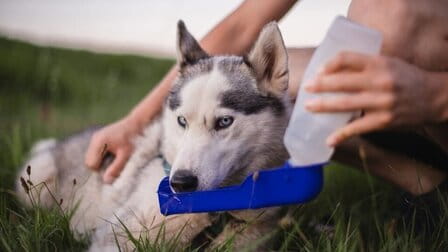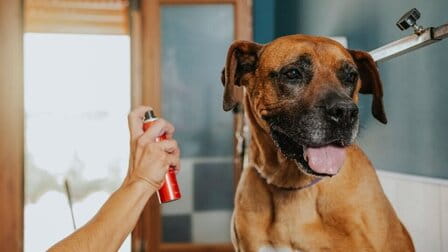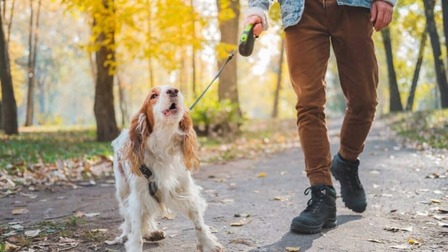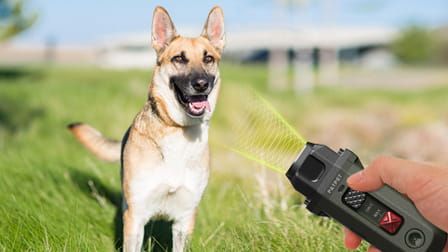You've probably seen dog agility, a sport in which dogs and their handlers speed around obstacles, soaring over jumps and into tunnels. This is usually one of the most popular dog sports, and it's always entertaining to watch. But what if you don't want to compete? While agility is often thought of as a competitive activity, you don't need to compete to gain the rewards. Here are some benefits of agility for dogs:
1. Benefits of Agility for Dogs
Physical and emotional energy can be released in this way
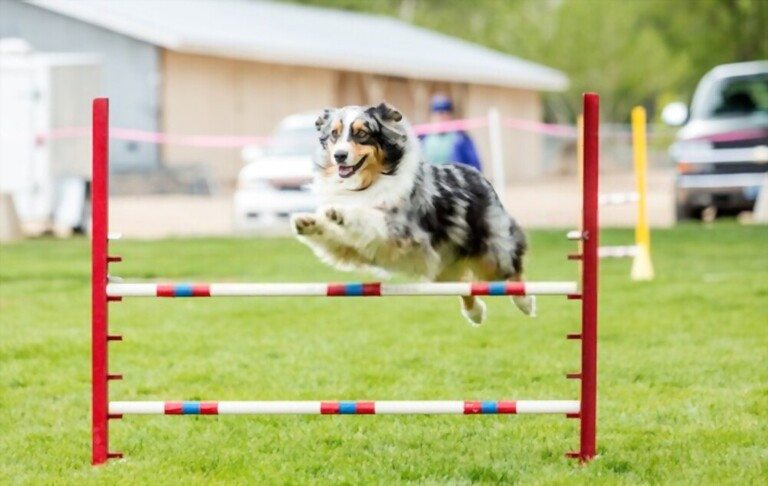
Agility is well known for assisting your dog in safely and joyously releasing their energy.
The dog's agility is ideal for allowing them to run at full speed while focused on the task at hand, especially for breeds with high necks and high energy loads. It aids in the development of lean muscle, the strengthening of joints, and the coordination of your dog.
One of the further (but no less essential) benefits of agility for dogs is the release of mental energy, which makes it possible to come across a sleepy dog after a short time.
Aids in the development of your dog's confidence

A confident dog will be a happy dog. Working with you, their human, is the best method to improve a dog's confidence. Agility training may help your dog overcome his anxiety of unfamiliar surfaces, tiny spaces, and "scary" circumstances, as well as accomplish tasks without your presence.
Additionally, you should treat them after each exercise, run, and run with something they truly adore (read more about dog incentives here), which will help them gain confidence. You could even observe some dogs' expressions after they've mastered a course if you trust in yourself even more!
Agility training builds confidence in a dog that will transfer over into other aspects of his life, whether it's confidence in new settings or meeting new people and dogs.
Excellent for improving self-control

The majority of untrained dogs will sprint to whatever obstacle or task appeals to them at the time.
Some dogs are obsessed with the tunnel, while others are obsessed with the seesaw and leap. Others simply like running at high speed anyplace!
Your dog will learn to harness their self-control with or without help while doing agility exercises and commit to the job you ask them to complete.
It aids in distraction training

Whether you conduct agility training at home or at a facility, your dog will need to become accustomed to distractions that he or she may not face in regular life.
For example, there may be dozens of dogs barking, people strolling about, different sounds and scents - yet your dog still has to focus on their duty of racing.
Your dog will be able to ignore the distractions of regular life much more readily as time goes on.
The dog's inherent instincts are strengthened

One of the benefits of agility for dogs is strengthening the dog’s inherent strength. Consider what an agility course entails: sprinting over and under a variety of obstacles of varied sizes and shapes, changing directions, and focusing on a moving goal. It's like hounds hunting their prey through the woods. Running an agility course strengthens their goal-directed instincts while also allowing them to maintain their natural momentum.
2. Begin Dog Agility Training at Home

You've most likely seen agility on television or in person at a local agility competition. You probably believe it's a pleasant thing to do with your dog. Because it's thrilling, tough, and enjoyable, dog agility is one of the fastest growing canine sports.
Agility lessons are, of course, an excellent place to begin. However, your dog may still be a puppy, you may be undertaking basic obedience training, or you simply want to have a feel for things before investing in classes. In such a scenario, there are a variety of activities you can do at home to prepare your dog for agility obstacles and measure your degree of interest and passion for this sport with your dog.
Make certain your success

You don't have to be concerned about your dog's ability to pick up these new talents rapidly. Starting modest and gradually upping your expectations will undoubtedly aid your dog's progress. Some dogs are ready to master the fundamentals in a few weeks, while others require more time. Remember to give your dog lots of praise and encouragement when he succeeds.
Boost your concentration

Agility is a sport in which two or more people compete against one other. When going around the course, a dog will not know what obstacle to face next unless the handler provides clear and devoted directions. Despite all of the distractions and excitement surrounding him, your dog must learn to focus on you.
You may encourage your dog to pay attention to you by teaching him to make eye contact with you when you say Watch Me or Look. Begin at a peaceful place where you're the most intriguing person in the room, then go to more distracting locations.
Tricks to teach

The approach enables you to swiftly enhance training strategies such as timing and reward placement. In addition, the trick improves your dog's coordination and confidence, which will aid agility. Some skills, such as teaching your dog to use his nose to contact your hand or a target, are especially useful for canine sports.
You may move your dog or alter its location by moving your hand or selecting a strategic goal point. When training him to reach the touch zone at the conclusion of an agility obstacle, this comes in handy.
Should develop Flexibility

During agility training, the tricks will assist the dog become more flexible. Spin will assist your dog extend his or her sides and turn to the right or left. You may use your new nose-targeting skill to lead him around in circles at first. Bowing is a popular method for stretching your dog's back. Finally, teaching your dog to knit a figure eight around your leg is a good idea. Tight twists give you a lot of flexibility and are a fantastic way to learn how to weave around weaved heaps.
Work on your handling skills

The majority of the results of agility training are determined by how well the dog is cared for by the owner. Bringing a dog to the front, moving it from side to side, or allowing it to work across a long distance are all examples of this. You may begin to train your dog to work peacefully at your side.
Try jogging and running once the dog is comfortable walking in the direction you designate. Reward him on the same side until a changeover is pointed out. For most dogs, having a treat in your hand that you desire is a fantastic motivation!
You may also educate the dog to move away from you to the left or right as a first handling exercise. Work the dish in the appropriate direction to assist him understand that he does not have to be with you all of the time.
Finally, teach your dog how to wrap his or her body around an object (spin tightly around it). This is an excellent platform for making tight spins or transitioning between jumps. Get your dog out and about with a cap, box, or even a garbage can. Shaping works nicely in this situation. Begin by praising any approach to the subject and attempting to persuade the dog to move away and return.
Conclusion
Even in dangerous situations, don't allow your dog to react slowly to external factors. Don't overlook the benefits of agility for dogs that might help you reclaim your favorite dog!

